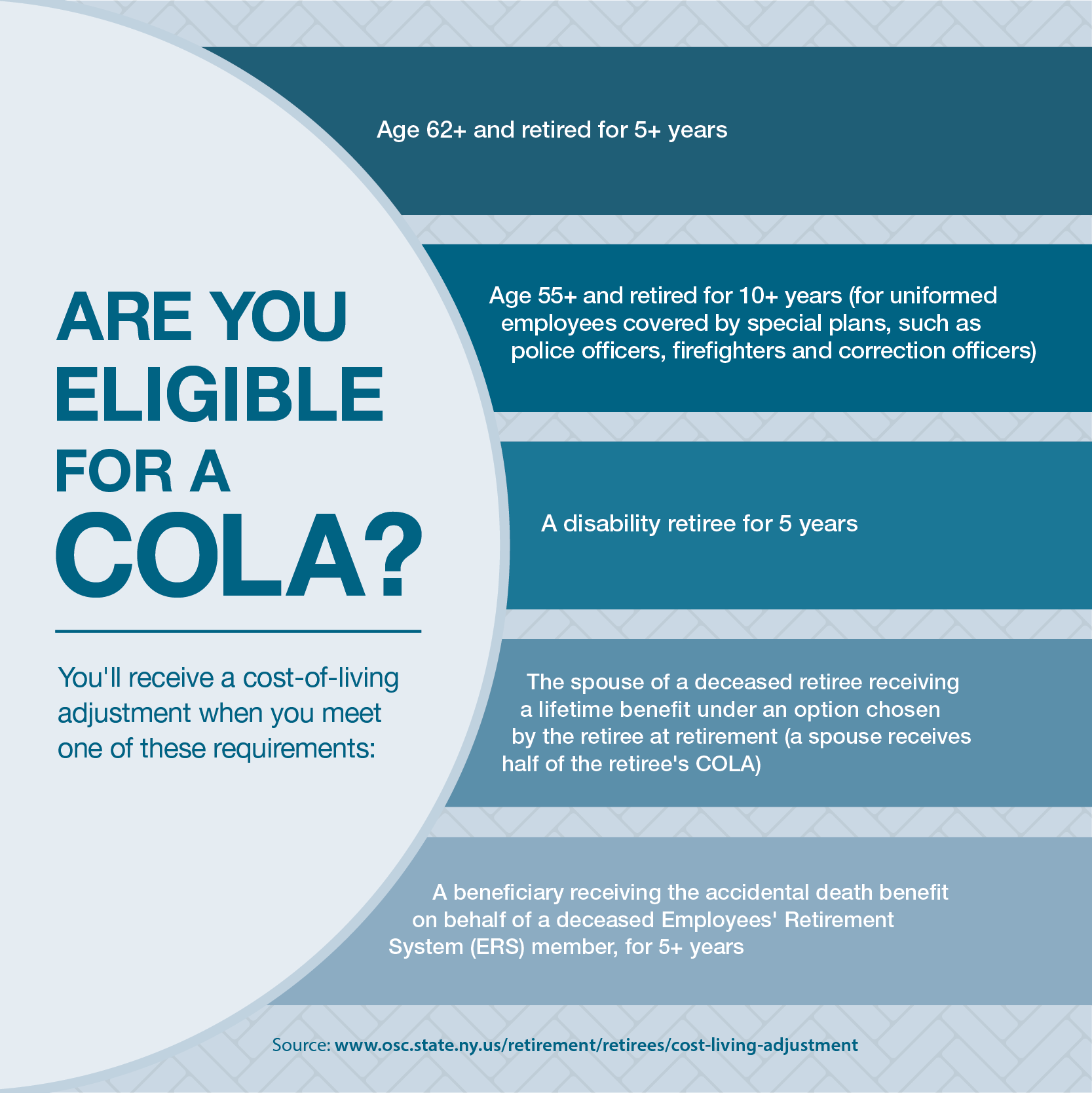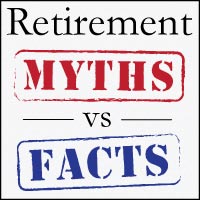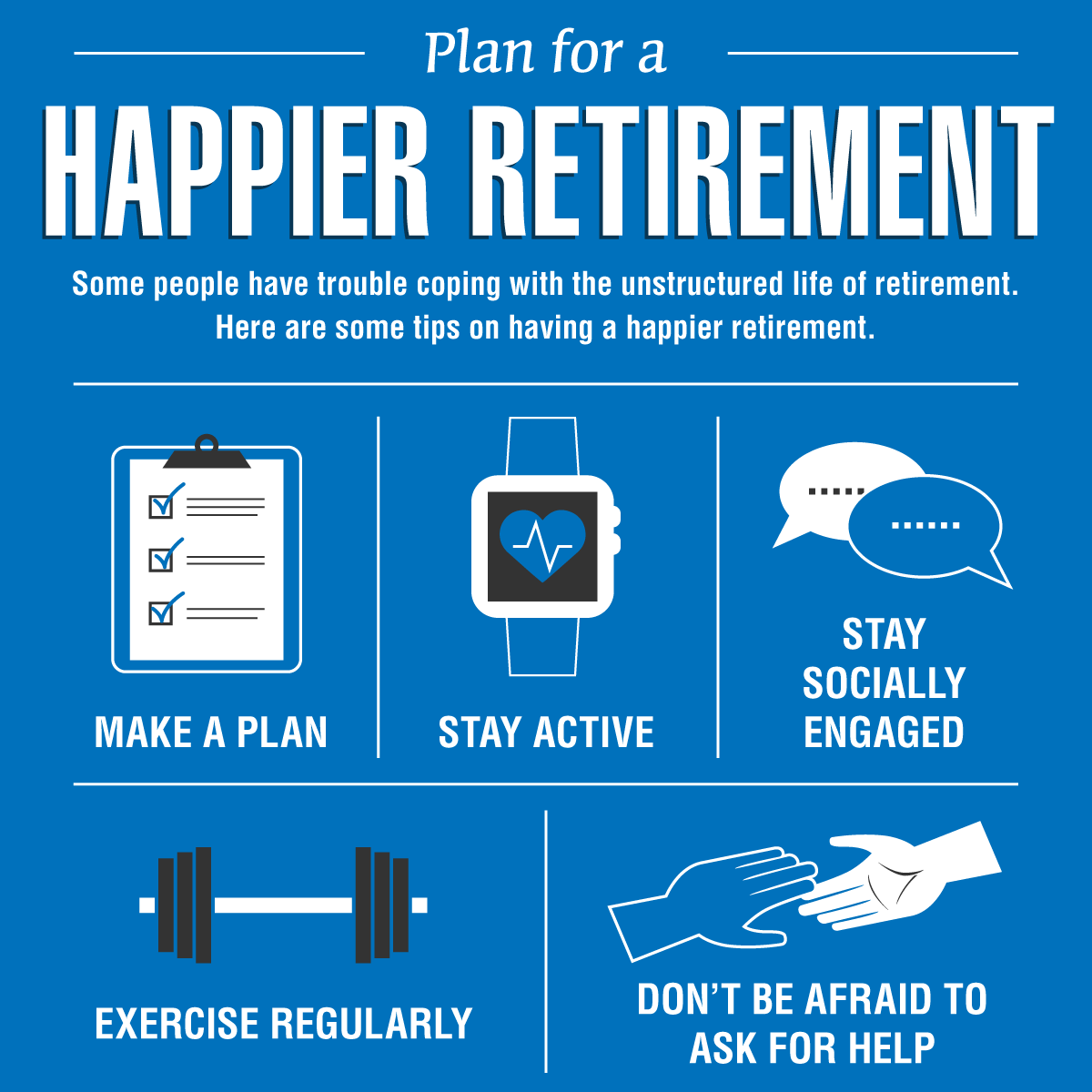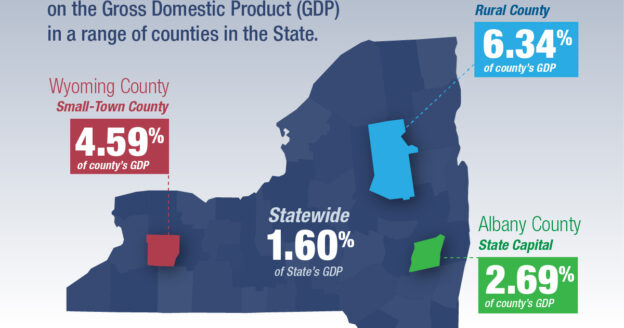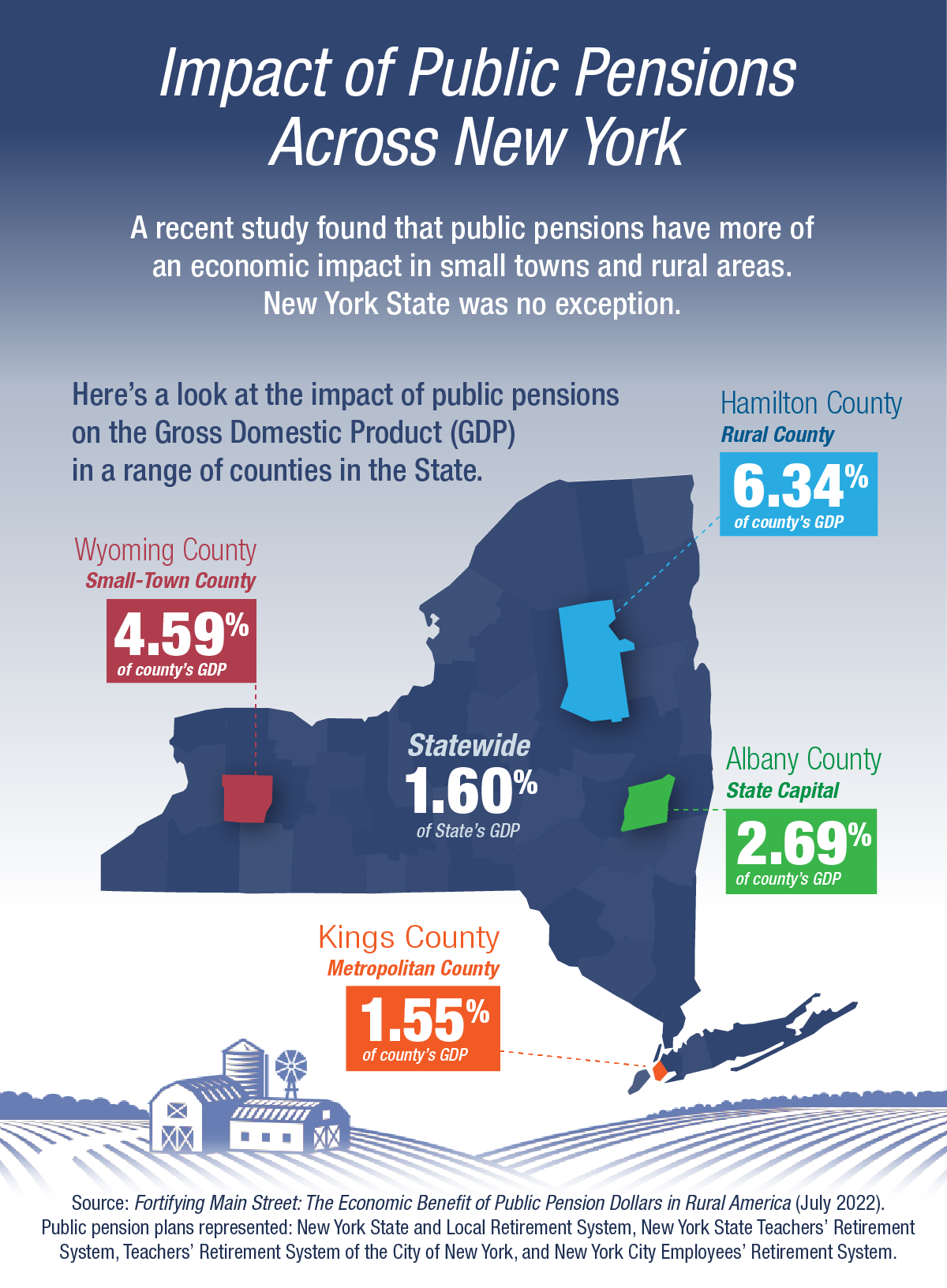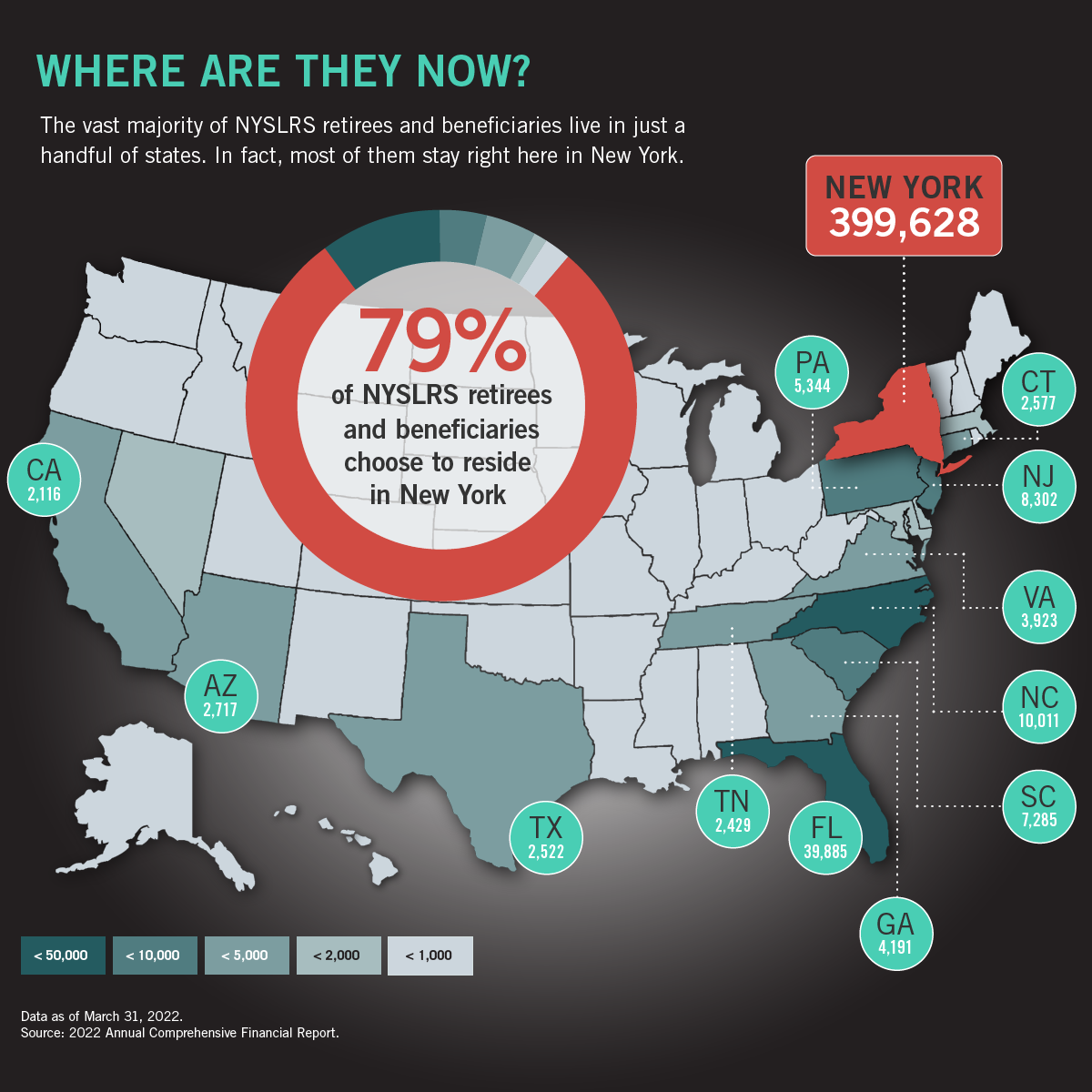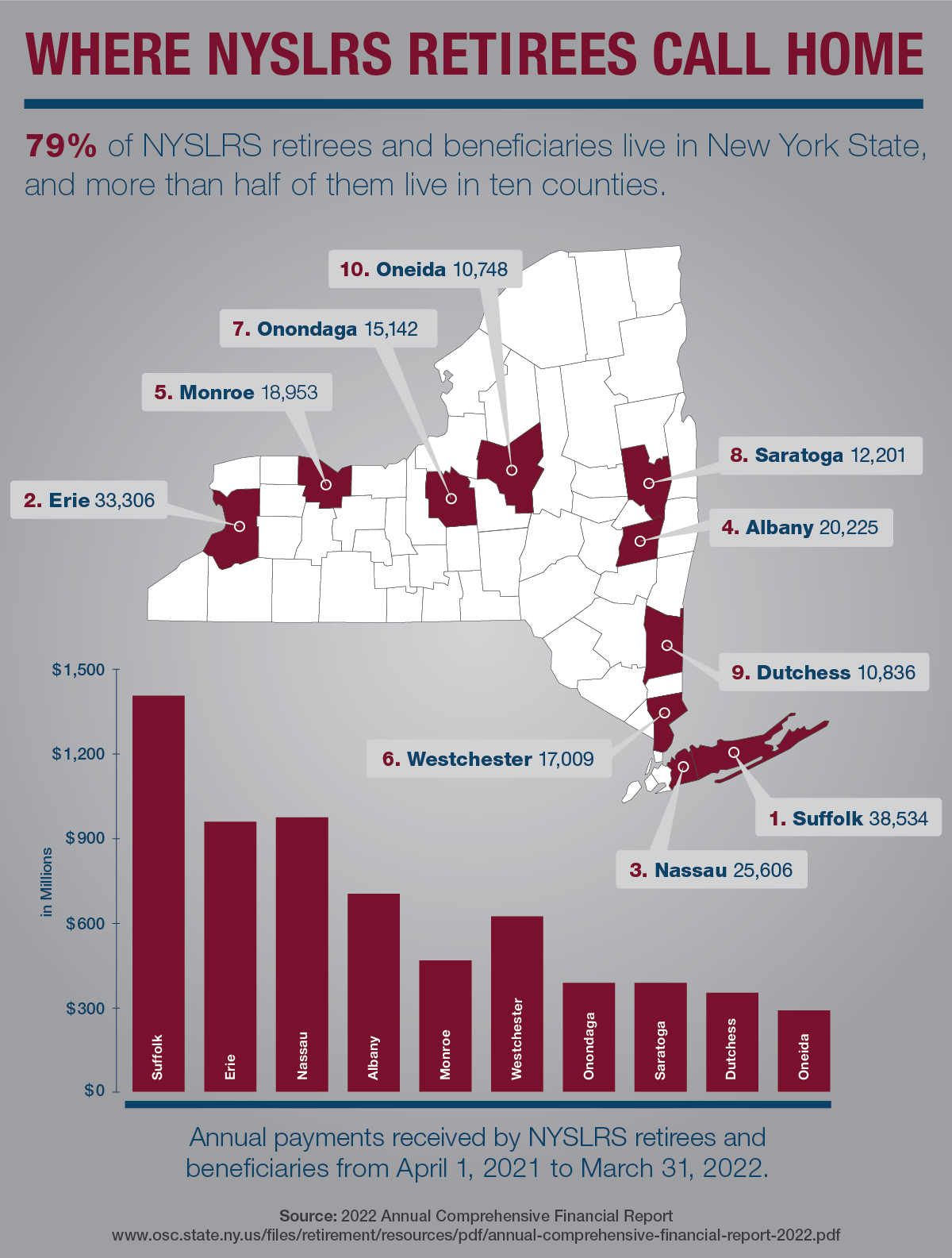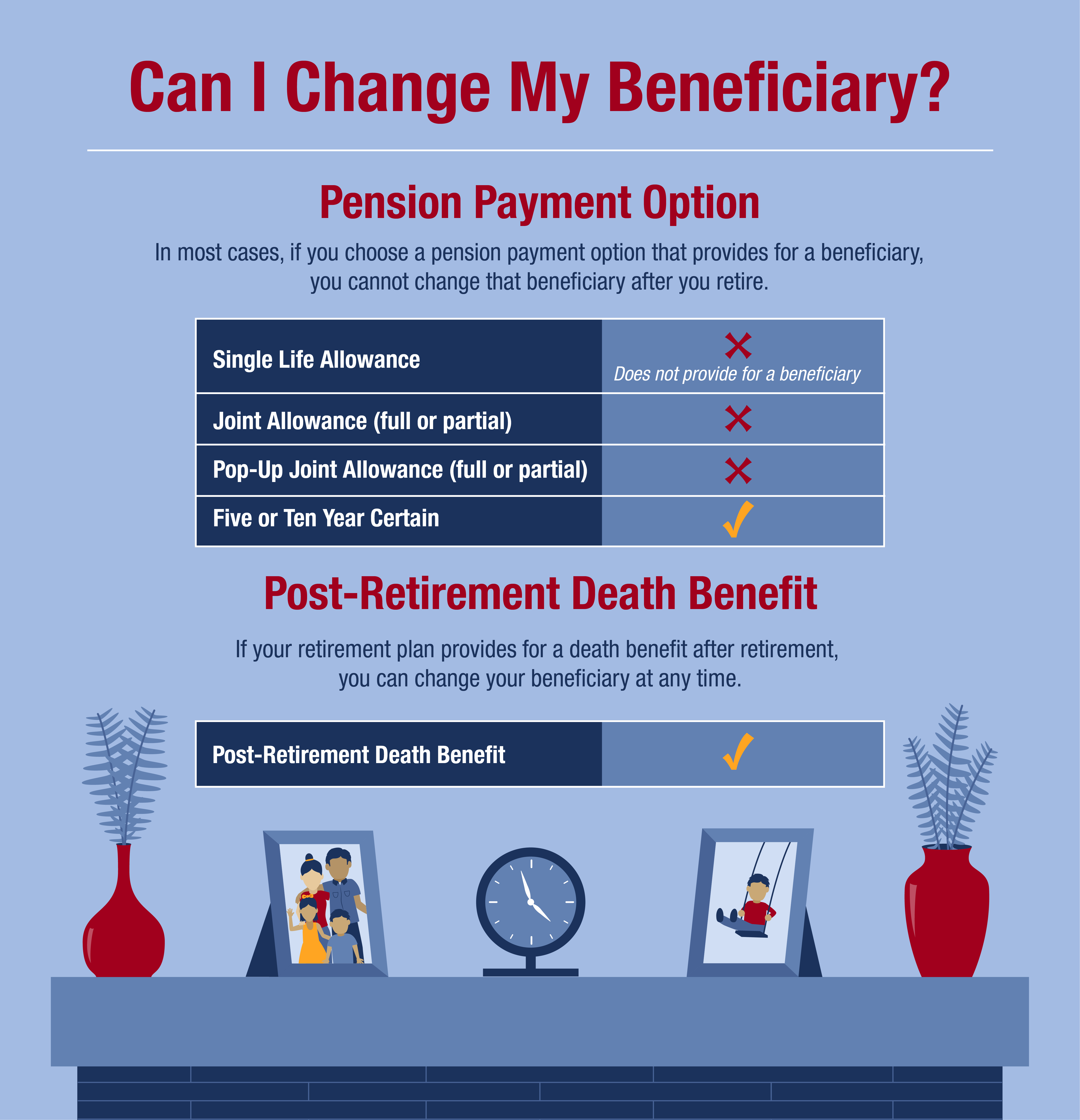If you’re visiting the Great New York State Fair, stop by and see us.
The celebration of everything New York begins Wednesday, August 23 and runs through Monday, September 4 (Labor Day). Our information representatives will be at the fairgrounds in Syracuse from 10:00 am to 9:00 pm to help members and retirees with their retirement planning and benefit questions. You’ll also be able to pick up retirement plan brochures and forms, request an estimate that will be mailed to you and get help registering for a Retirement Online account.
The NYSLRS booth will be in the Center of Progress Building, Building 3 on the State Fair map, near the Main Gate.
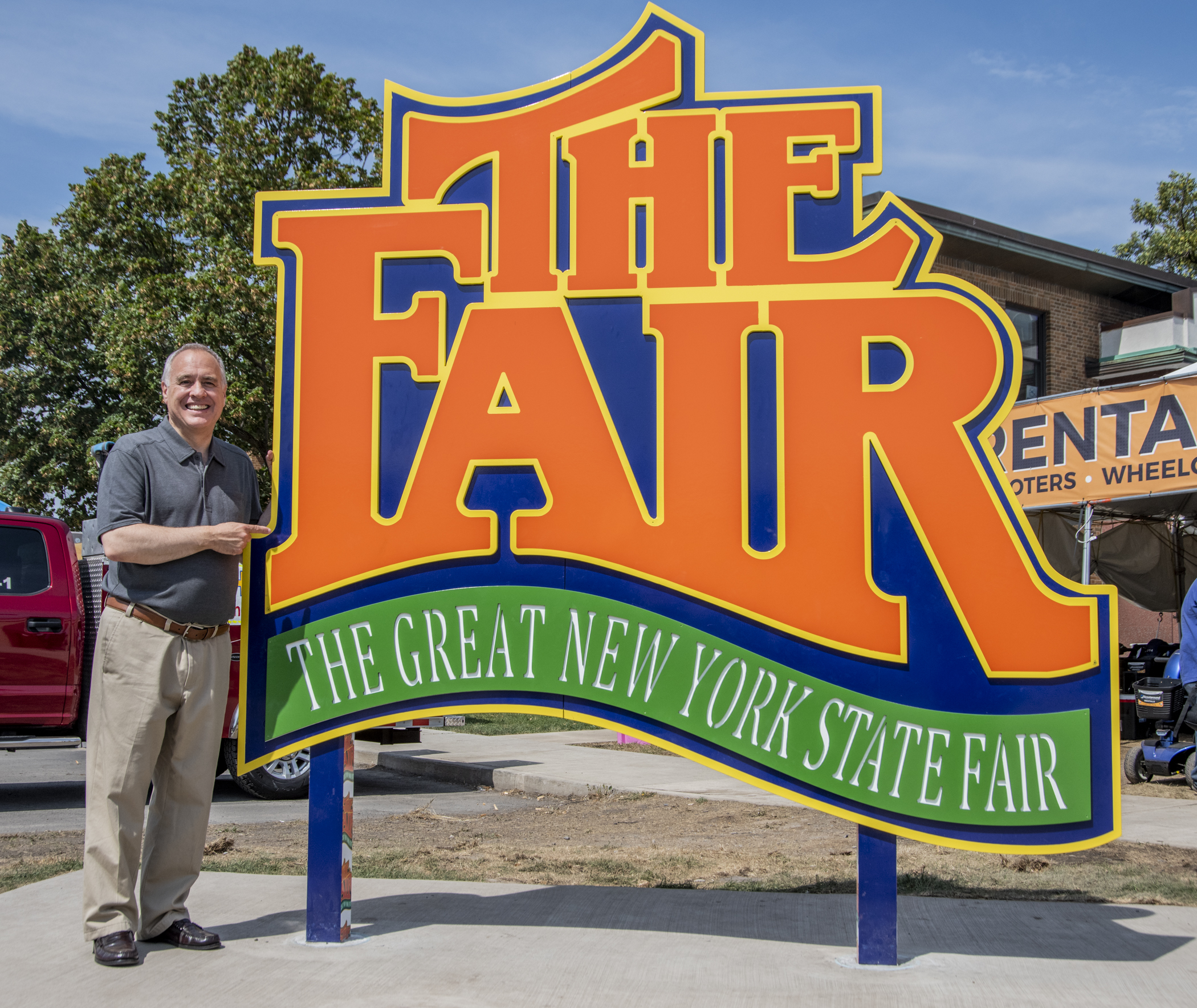
Find Unclaimed Funds at the State Fair
OSC’s Office of Unclaimed Funds booth will also be in the Center of Progress Building. An unclaimed fund is lost or forgotten money, perhaps in an old bank account or insurance policy, that has been turned over to the State. See if any of that money is yours. So far this year, State Comptroller Thomas P. DiNapoli and the Office of Unclaimed Funds have returned more than $295 million.
Special Fair Days
Wednesday, August 23
- Opening Day — Governor’s Day
Thursday, August 24
- Student Youth Day — Youth and students under 18 years of age are admitted free on this day. ID showing date of birth may be requested.
- Agriculture Career Day
Friday, August 25
- Pride Day — The first State fair in America to host an official Pride Day to celebrate the LGBTQIA+ community.
- New Americans Day
Monday, August 28
- Law Enforcement Day — Free admission to any active or retired law enforcement or corrections personnel who present a badge or picture ID from the department from which they are or were employed.
Tuesday, August 29
- Comptroller DiNapoli Visits the Fair — He is the trustee of the New York State Common Retirement Fund and is the administrator of NYSLRS. He will present area residents and organizations with unclaimed funds, and he’ll be stopping by the NYSLRS booth during the day.
- Fire & Rescue Day — Free admission to any active or retired member of a fire department or emergency services organization who presents a picture ID from that department or organization.
- Beef Day
Wednesday, August 30
- Women’s Day
Thursday, August 31
- Armed Forces Day — Free admission to any active-duty service member or veteran with military identification (military ID card, form DD-214 or NYS driver license, learner permit or nondriver ID card with a veteran designation).
- Dairy Day
- Stomp Out Stigma Day
Friday, September 1
- Native American Day — Free admission to all members of Native American tribes, no ID required.
Saturday, September 2
- Apple Day
Monday, September 4
- Labor Day




